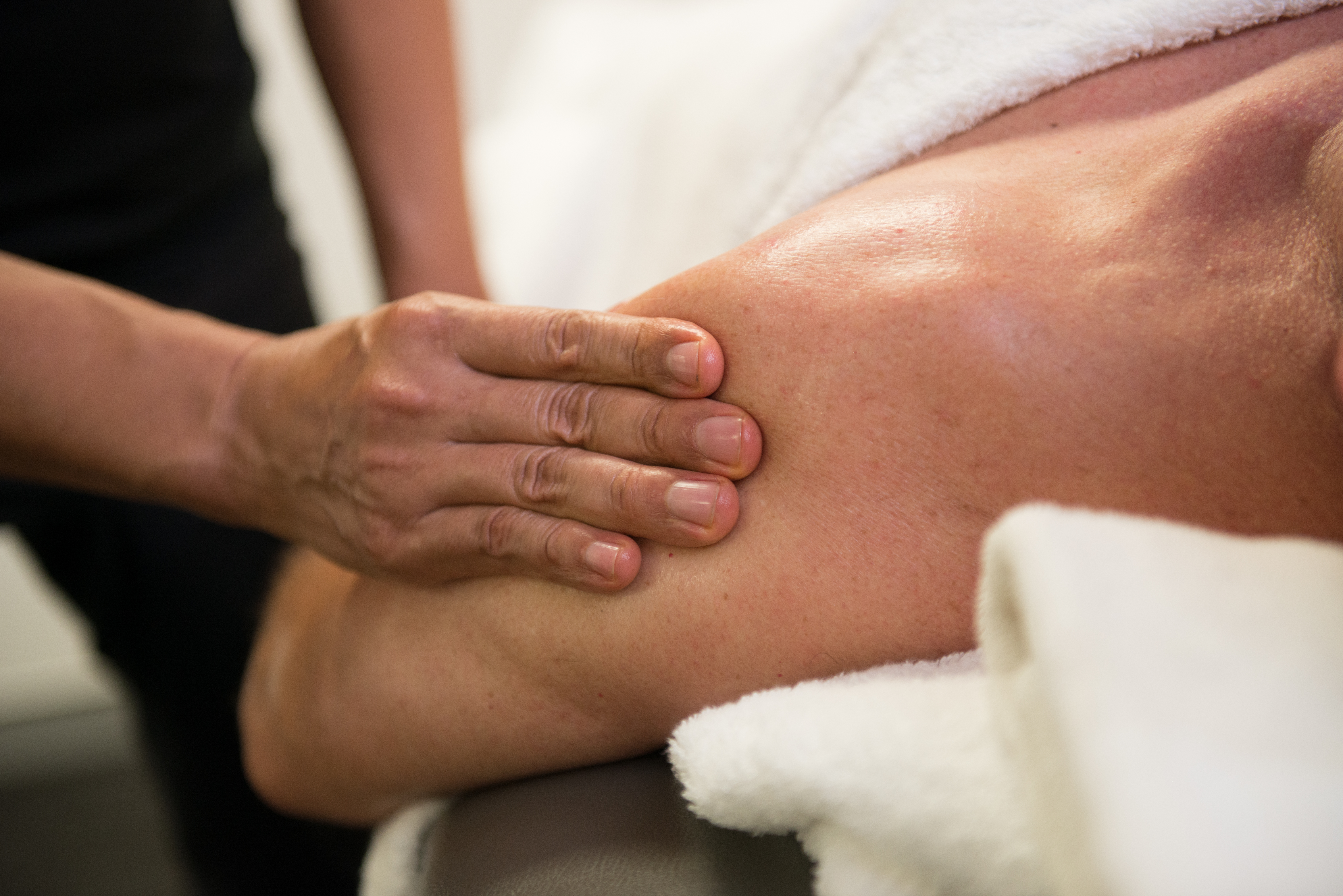
Massage and Broken Bones
21 Jan2020 Tagged as
Posted by Evolve College News
There is nothing fun about breaking a bone. Aside from the pain, breaking a bone can mean time off work, time off your feet, surgery and extended healing times. That is why it is so important when you do find yourself with a broken bone, that you give your injury the time it needs to heal properly.
What are the different types of bone fractures?
First of all, let’s just clarify that there is no difference between a broken bone and a fractured bone. However, there are different types of fractures, such as:
- A simple fracture - This is a clean break where the two sections of bone are still closely in contact with one another.
- Compound fractures - when the bones have separated completely and have pierced through the skin.
- Comminuted fractures - when the bone breaks into a few separated pieces. These sorts of fractures are more common in high impact accidents.
- Compression fractures – these are located in the spine and neck region, and are typically small, hairline cracks in the bone.
When a fracture does occur, the bone will most often need to be aligned back into its correct place. Casts serve as an immobiliser for the limb once it has been aligned. More serious fractures will require surgery. Healing time for fractures will depend on the severity but you can expect to be in for at least a few weeks if not months of healing. In this time, it is important to know exactly what is needed for your fracture to have the best opportunity to heal itself back to full strength – this can be learned from your medical practitioner and hospital staff.
Can I treat a client with a broken bone?
Understandably, massage therapy cannot fix a broken bone! However it may be able to support the client in the later stages of the healing process, when the cast has been removed and the client is looking at bringing back mobility. When a fracture occurs, the limb will most likely be kept immobile - even more so when a cast is applied. Over the time that the limb remains in the cast, surrounding muscles and ligaments may become stiff and tight and fluid may build up.
Treatment from a massage therapist can commence once the bone has healed enough for a cast to be removed. Massage therapy may then be able to support your client with:
- Loosening tightened ligaments and muscles surrounding the bone– when a cast is removed, most fractures will need gentle rehabilitation to get movement happening again. Loosening the muscles and ligaments surrounding the site of the fracture can make a huge difference for the client.
- Increasing mobility– As a result of loosened ligaments and muscles, massaging the surrounding area of a fracture may be able to support with bringing back some much-needed mobility to the limb.
- Support to drain fluid build-up in the limb– Certain techniques in massage therapy have been shown to assist in the draining of fluid build-up, which can support the healing process and overall comfort level of the client who has suffered from the fracture.
- Relaxation – Supporting a client to relax and let go following weeks of healing from a fracture definitely deserves a mention!
As with any treatment following on from an injury, it is essential that the client checks in with their doctor first before booking a massage. As not all fractures are the same, there may be some cases where your client’s doctor advises against massage therapy until further healing has taken place.
If your client does receive the all clear, then make sure that clear lines of communication are established before the session commences – advise your client to let you know if the massage causes them any pain or discomfort, as well as explaining in what way you can support them in their rehabilitation. Additionally, make sure you are clear on the exact location of the injury, as well as any other relevant details from your client – i.e. what kind of fracture was it, how did it happen, how long ago did it occur. Ensure your client is aware that massage therapy will not fix their injury, but simply support.
